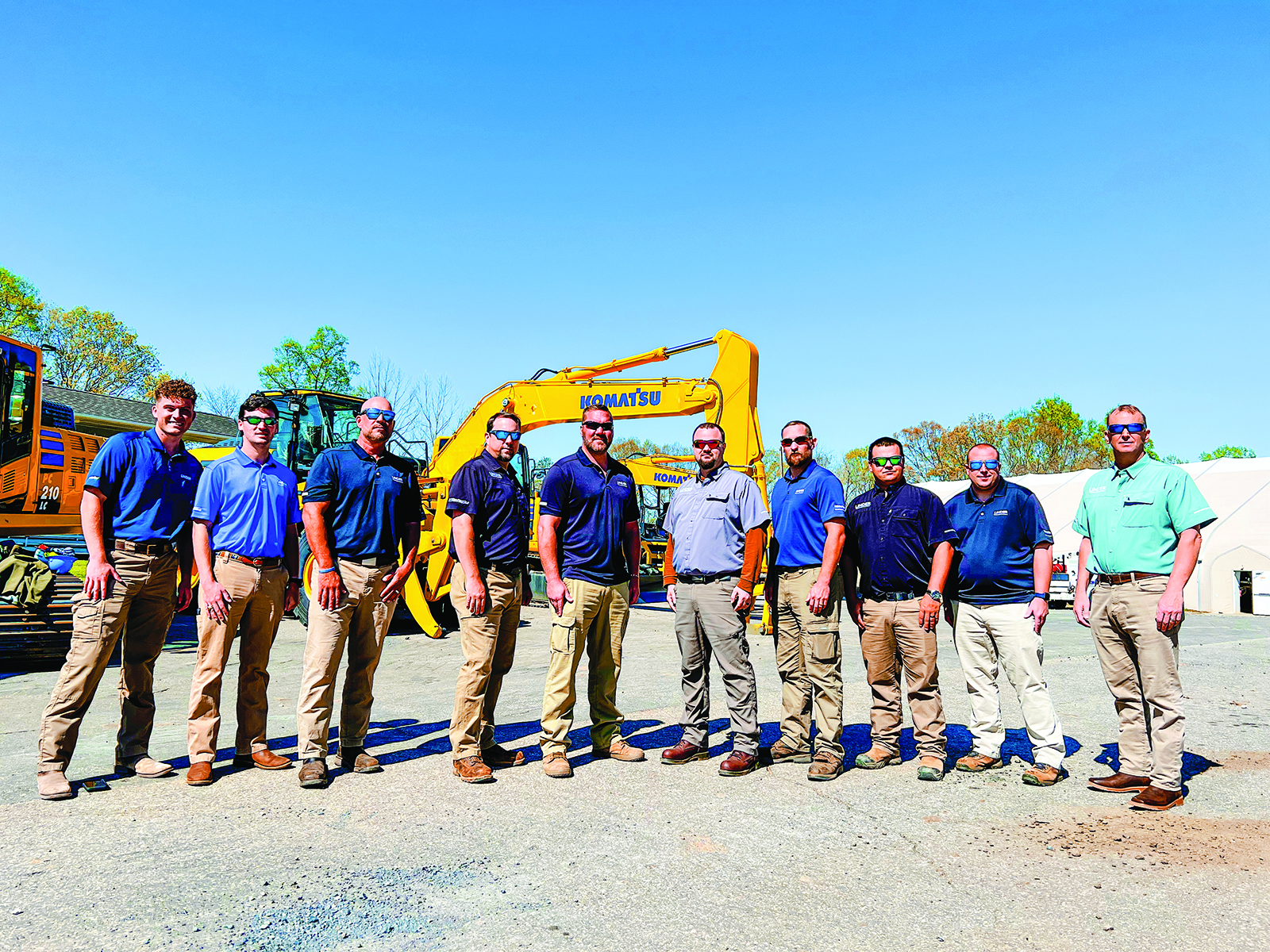
3 minute read
Komatsu’s Smart Construction Drone
Linder now offers Komatsu’s Smart Construction Drone to help customers more effectively manage production
Customers can use Komatsu’s Smart Construction solutions to harness technology for accurate data collection, comprehensive reporting, and remote capabilities. By implementing Smart Construction Drone, Linder Industrial Machinery Company aims to help customers digitally track their projects from beginning to end.

Joel Cramblett, General Manager of the Technology Solutions Group, Linder
“At the beginning of a project, drones can be used to assess the topography and create 3D models,” explained Joel Cramblett, General Manager of the Technology Solutions Group at Linder. “Throughout the life of the job, Linder’s TSEs, or technology solutions experts, can fly the site to accurately track material movement, ensuring accurate payment and increased efficiency. Our goal is to have all of our TSEs pass the Part 107 UAV pilot’s license test.”

Vernon Williams, Field Operations Manager, Linder
Cramblett added, “If you are interested in adding Smart Construction Drone, just contact us at Linder, and we can dispatch someone to come explain the solution to you and fly your site. We can provide 3D modeling solutions as well.”
The size of a customer’s operation is a significant factor in determining whether to utilize Linder’s drone services each time or have a Linder TSE train an employee to be an in-house drone pilot.

“The need for a designated drone pilot depends on workload and cost,” explained Field Operations Manager Vernon Williams. “Sometimes, it’s more cost-effective to use Linder’s services on a per-flight or per-survey basis. Ideal customers for having Linder perform the drone services are small to midsize contractors or those who need drone services infrequently. As these customers grow,
Linder can help them integrate technology into their operations and train their staff as needed, so they can utilize the technology themselves.”

Linder Technology Solutions Expert (TSE) Noah Pawlowski operates a drone.
When integrated with Komatsu’s suite of Smart Construction solutions, Drone will help provide a more complete picture of a job from first cut to final grade.
“The drone serves as a tool to connect field operations with office staff, bridging a historical disconnect,” said Williams. “Smart Construction applications like Field and Drone integrate into other solutions like Office or Dashboard, making information accessible in one central location for office staff.”

(L-R) Linder’s Technology Solutions Group includes: TSE Noah Pawlowski, TSE Ryan Dean, TSE Stephen Fuller, TSE Ryan Waite, TSE Evan Porter, Field Operations Manager Vernon Williams, TSE Jay Richardson, TSE Andrew Stickl, Technology Solutions Trainer Mike Ohler, and General Manager Joel Cramblett.
Looking beyond sitework, the highly sensitive cameras and data collection tools on the drone allow other construction-related industries to benefit from the drone’s capabilities.
“Drone surveys are also useful for quarry applications, such as flying over aggregate piles to determine material volume,” added Williams. “This is particularly useful for stockpile calculations. This information helps to verify the accuracy of scales and production figures, often leading to greater profitability and efficiency.” ■










